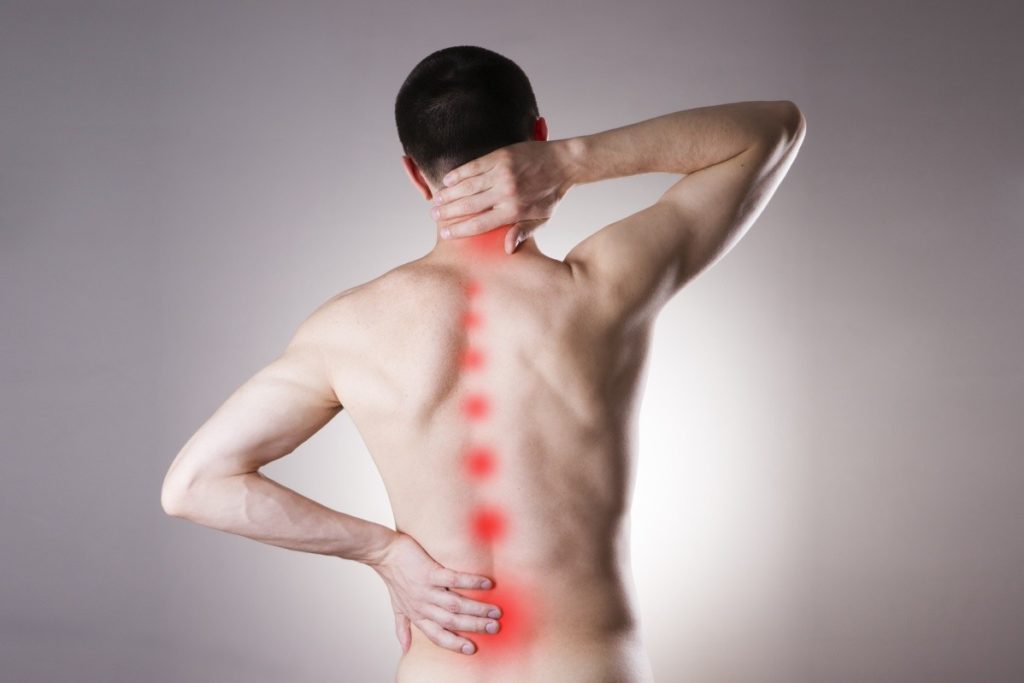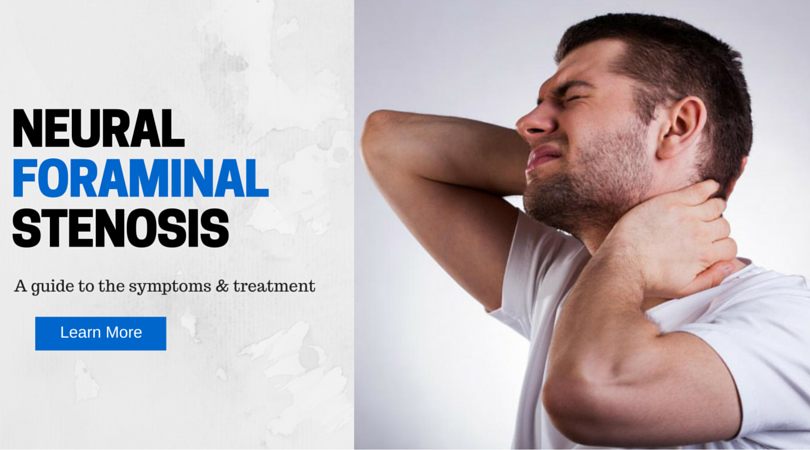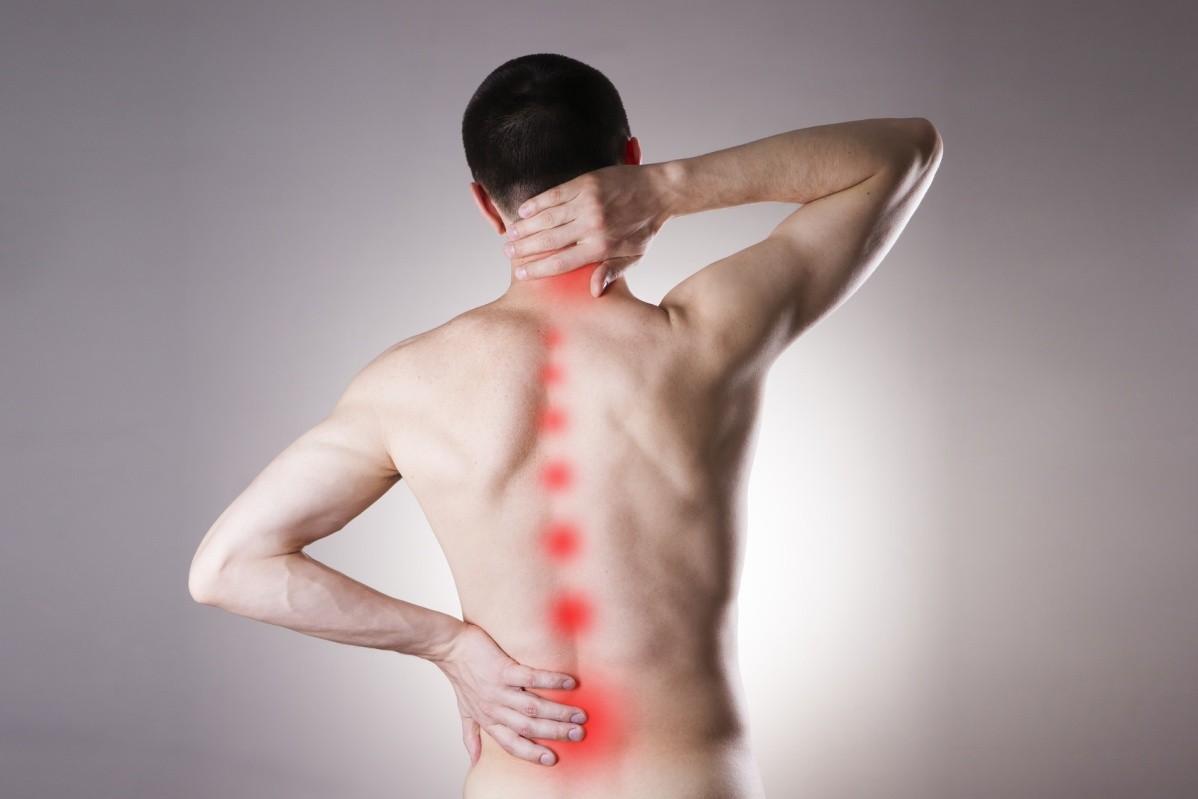
The term neural refers to the nervous system, while stenosis signifies the act of narrowing. Hence, Neural Foraminal Stenosis, is also termed as neural foraminal narrowing. It is basically the narrowing or compression of the foramina or the open spaces between vertebrae.
The location of the vertebral foramen is on either side i.e. it is present on left and right of the spine. It stretches from the cervical spine up to the lumbar spine. The nerves enter and exit through the space provided by these openings, as they pass through the spinal column to various parts of the body to send and receive signals.
Many people suffer from this condition, but only a few will exhibit symptoms if the open spaces or foramina between the vertebrae are still wide enough that the nerves can travel freely through these openings.

What Happens In Neural Foraminal Stenosis?
Neural foraminal stenosis can lead to a serious and severe condition as it can decrease the space that is present between each vertebra. As mentioned above, these spaces or foramina are present in the left and right side of the vertebra. In a healthy spine, they are large enough for nerve roots to pass easily through the spinal column before branching to rest of the body.
Severe foraminal stenosis can narrow these nerve passageways to a great extent, thereby giving the nerves so little space that they become pinched and stressed. This pressure hinders the normal routine activities such as driving, working, or even basic reflex functions and mobility.

Symptoms of Foraminal Stenosis
However, when the foramina become more compressed, it put stress on the nerve tissues, which may trigger symptoms including
- Pain in Back or around the neck
- Weakness in the body
- Tingling feeling
- Numbness
Usually, these symptoms affect only one side of the body, depending on which side contains the constricted nerves. In some people, it may affect both sides of the body. In case, the both sides get affected then it will be known as “Bilateral Foraminal Stenosis”.
Some examples of the condition occurring in different regions of the spine results in exhibiting symptoms in different parts of the body such as,
- Thoracic stenosis (in the middle back)
- Lumbar spinal stenosis (lower back of the body)
- Cervical foraminal stenosis (around the neck)
Causes that triggers this condition
There may be different causes of foraminal stenosis. These causes may include illness, injury, poor posture, rheumatoid arthritis, trauma, disc degeneration due to aging, spinal disc herniation, congenital, which means that the condition was present at birth, osteoporosis, osteoarthritis, osteophyte or bone spur growth.
The most common among these is degenerative disc disease i.e. disc degeneration due to aging. As we get older, the discs between each vertebra begin to decay due to which discs can become herniated. This is a condition in which disc material spills in the spinal canal or, discs may bulge.
Both the bulge and herniation can narrow the openings in the spinal column and expose the nerves to unwanted stress. The pain increases gradually as the nerves are forced under more pressure, or you might feel like a sudden, sharp pain which travels from your neck or back to extremities.
Treatment that can reduce your pain
Neural foraminal stenosis shouldn’t be left untreated. Your physician might recommend MRI to diagnose the cause of your symptoms. After the cause has been diagnosed, different ways are suggested to relieve the pain, which includes one or more of the following:
- Stretching exercise
- Low-impact exercise
- Physical therapy
- Anti-inflammatory and pain medications
- Steroid Injections
- Comfortable mattress
But these treatments might not work for everyone, so your physician might suggest a traditional foraminal stenosis surgery to remove disc tissue or bone.
